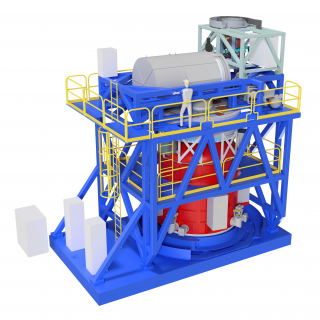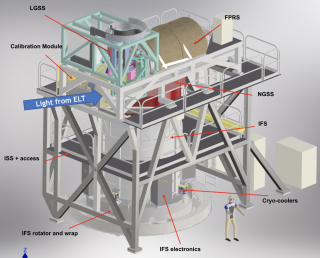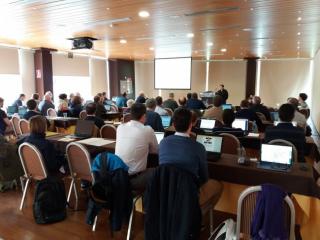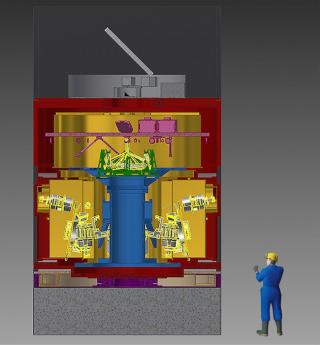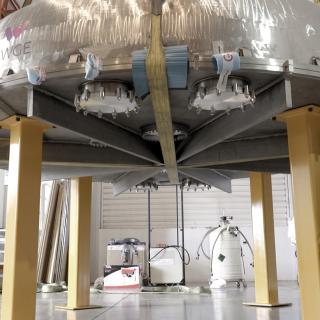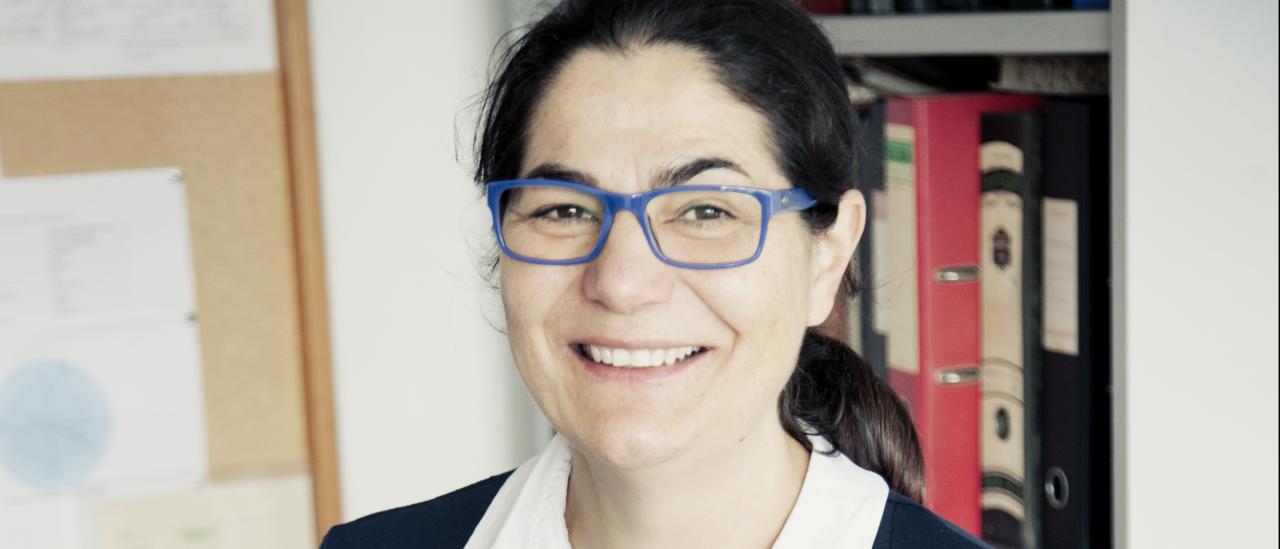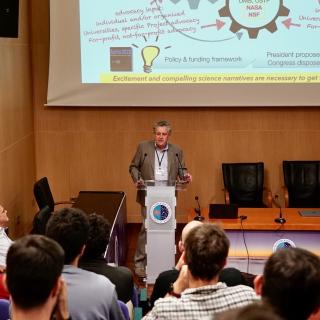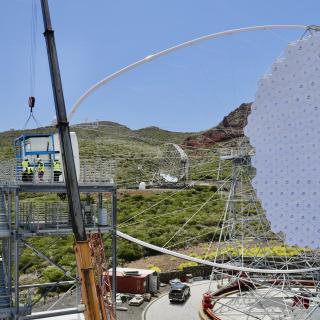Begoña García Lorenzo, a researcher at the Instituto de Astrofísica de Canarias (IAC) has been appointed coordinator of the Network of Astronomical Infrastructures (RIA), and advisory committee on astronomical affairs of the General Administration of State, funded by the Ministry of Science, Innovation and Universities. The task of the RIA is to offer guidance about the Scientific-Technical Singular Infrastructures (ICTS in Spanish) and International Installations and Organisms (IOI), promoting collaboration among them.
With an important carreer lasting over two decades in astrophysical research the professional trajectory of Begoña García Lorenzo has been marked by her ability to combine scientific, instrumental, and technical facets. She has worked mainly at the IAC, where she has made important and numerous contributions to projects and studies of relevance, both national and international.
Her doctoral thesis in 1997 was the first in Spain to apply the technique of integral field spectroscopy using fibre optics to astrophysics, specifically to the study of the central region of the galaxy NGC1068. She was also one of the promoters of the EuRO3D network for the training of young researchers in Europe in these techniques. The results of her research in atmospheric optics applied to astronomical observation were used to define the design parameters of the adaptive optics systems for the Roque de los Muchachos Observatory (ORM) in La Palma.
Begoña was the Coordinator of the Instrumentation Division of the IAC, supervising the development of 20 instrumental projects with a range of uses. In addition she has been a member of several national and internacional committees on astronomy and telescope development.
At the present time she is the leader of the IAC’s contribution to the HARMONI instrument for the Extremely Large Telescoope (ELT) for the European Southern Observatory (ESO), which will have a primary mirror of 39 metres in diameter, managing a multidisciplinary team.
As the new Coordinator of the RIA, she points out the importance of facing “the challenge of facilitating the collaboration in Spain between the singular scientific-technical installations and international astronomical organisations, to achieve shared objectives, and to promote scientific industry related to astronomy".
